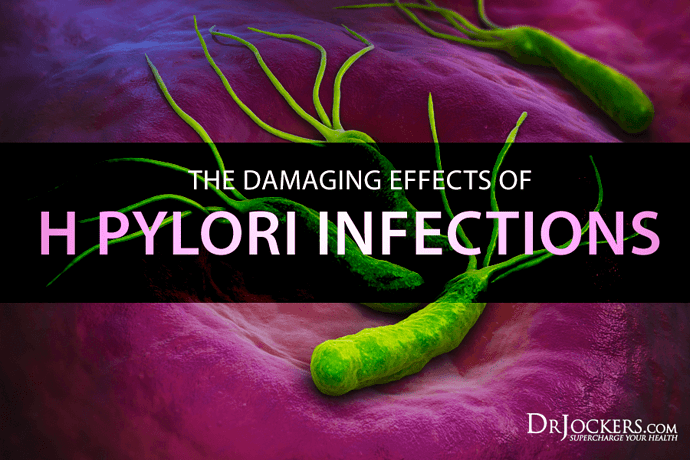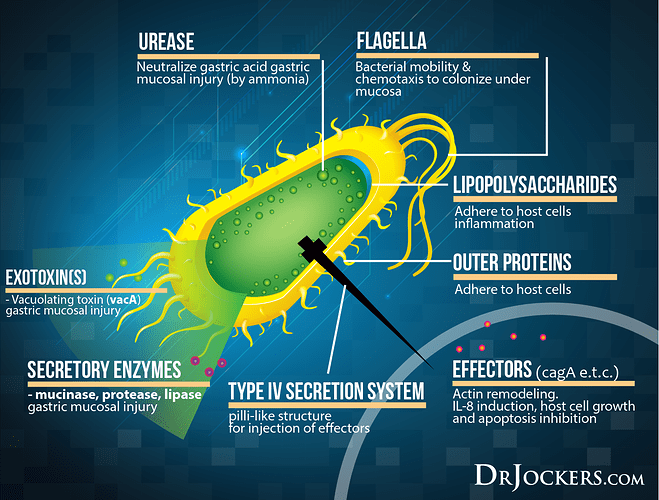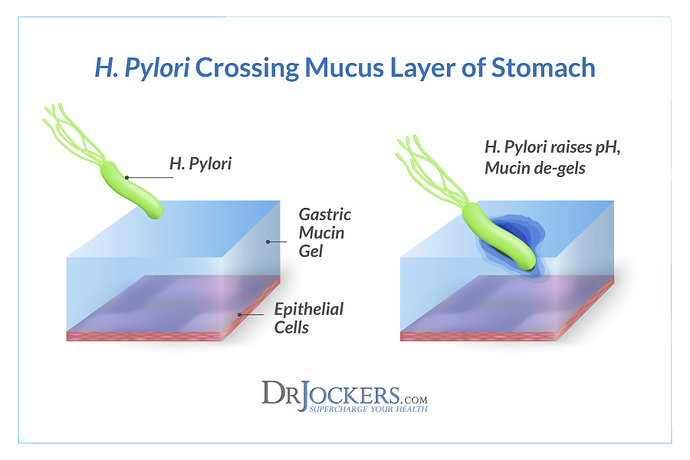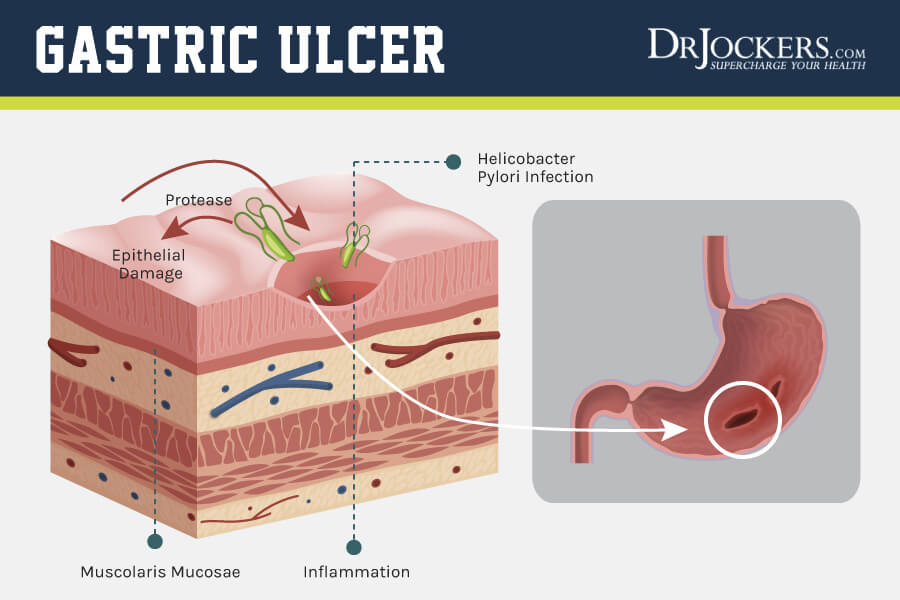many thanks
Inuit Genetics Show Us Why Evolution Does Not Want Us In Constant Ketosis
Very technical for me too. So is carb cycling
recommended if not constant ketosis.?
That’s what I think humans have been doing. They ate when they were hungry. And had access to less carbs then we have today.
Thank you for sharing, I have this on my watch later list.
I have switched to Carnivore recently from keto and I have felt such an improvement. Although Keto helped reverse my prediabetes, which I am very grateful for, I think beyond that focusing too much on the fat was starting to make me sick. I didn’t have energy and was just feeling weak. Since switching to Carnivore and getting more meat, I felt instantly better. Just recently I’ve discovered Dr Bikman and learned that gluconeogensis is a necessity to help give energy to cells that don’t have mitochondria such as the red blood cells.
I wonder if it was the Inuit getting adequate meat in their diet that was helping them live off of gluconeogensis and keep ketosis in check. A few months ago I would have believed it was the fat, but through my own experience I am starting to question that.
Dr. Berry found this to be true also but I really worry about jumping to conclusions about carnivore long-term?
My personal two reason:
-
Leaky gut not being addressed first as the primary cause of said histamine intolerances or auto-immunity disorders which becomes masked by a carnivore diet when not enough collagen is being consumed in contrast to protein to seal up that leaky gut?
-
There have been quite a few incidents of people dying of colon type cancers in too close of an approximation of years among cooked muscle meat only dieters that are not coincidental.
If anyone can prove these two things wrong then I remain unconvinced that carinivore is safe long-term…
Everyone likes to look at the raw nutrient dense fat and meat being consumed by the Inuit and the gluconeogenesis etc. that is where all the focus seems to be? I think the Inuit are overconsuming the fat and meat which hampers their possible longevity?
What people do not look at are the micronutrients being consumed in a traditional Inuit diet (why they don’t get cancer; that includes a collagen rich diet high in nutrient dense raw organ meats) which are in even proportions to ratios if it where not for the overconsumption of the raw fat and protein activating that Arctic-variant gene, I would call it Arctic-Diabetes (that’s what it really is)…lol
I understand your concerns, and I believe they are valid. The sad reality is that although we are lucky to live in age of advanced science, it seems more often than finding answers we just end up with more questions.
I had my own concerns about going on Keto, I was worried about the increase fat being bad for my heart, about not getting enough fiber to stay regular, and not giving my body the Carbs it needed to make energy. I was prediabetic and desperate so I took the plunge and thankfully it all worked out.
I also had concerns about going Carnivore, again worried about too much protein could get me out of ketosis, I would not be to meet my electrolyte needs, and I would get no fiber at all. But I was weak, my body wasn’t holding unto ketones like it was before,so again I took the plunge. I’m only 3 months in but I am pleasantly surprised by the results, but its an experience that has led me to ask more questions which sadly some answers are just not available yet.
But Jaminet wasn’t following a zero carb diet by his own admission…
" I ate a high-vegetable but extremely low-carb diet from December 2005 to January 2008. At the time I thought I was getting about 300 carb calories a day, but I now consider this to have been a zero-carb diet, since I don’t believe carb calories are available from most vegetables"
Looks like he’s a bit confused… (maybe he follows Dr Berg).
When he says “I learned over on Peter’s blog that Optimal Dieters have been dying of gastrointestinal cancers at a disturbing rate. Recently Adam Jany, president of the OSBO (the Polish Optimal Dieters’ association), died of stomach cancer at 64 after 17 years on the Optimal Diet. Earlier Karol Braniek, another leader of the OSBO, died at 68 from duodenal cancer.”
He is basing that statement on precisely 2 cases by the looks of it… out of the possible 2 million people following this “Optimal Diet” way of eating?
I remain unconvinced…
I eat more meat and saturated fat than I do anything else but I also pay attention to micronutrients, and if I cannot constructively criticize myself then I have no business eating a certain way if I am not absorbing all the possible variables, causations and correlations. I refuse let somebody else say “I told you so” without fully understanding the risk if any?
What I like to do in reference to the recommendations below is add a little type 2 resistant starch (creates short chained fatty acids in large intestines) from raw sweet potato sticks I keep in the fridge in a glass of water to chew on periodically and some occasional wild rice (only) with my meats even though I’m anti-grain and fiber!
Some things also to consider:
Nutrient Deficiencies Can Also Play a Role
Some micronutrients are required for mucin production – notably vitamin D. [7, 8] Poland is fairly far north, and many of the Optimal Dieters could have been low in vitamin D.
Other important micronutrients for cancer prevention are iodine and selenium. Poland in particular had the lowest iodine intake and among the highest stomach cancer death rates in Europe. After Poland in 1996 began a program of mandatory iodine prophylaxis, stomach cancer rates fell:
In Krakow the standardized incidence ratio of stomach cancer for men decreased from 19.1 per 100,000 to 15.7 per 100,000, and for women from 8.3 per 100,000 to 5.9 per 100,000 in the years 1992-2004. A significant decline of average rate of decrease was observed in men and women (2.3% and 4.0% per year respectively). [9]
So among the Polish Optimal Dieters, the elevated gastrointestinal cancer risk caused by mucin deficiency may have been aggravated by iodine and sunlight deficiencies.
Conclusion
A healthy diet should be robust to faults. The Optimal Diet is not robust to glucose deficiency.
There’s good reason to suspect that at least some of the Optimal Dieters developed mucin deficiencies as a result of the body’s effort to conserve glucose and protein. This would have substantially elevated risk of gastrointestinal cancers. Thus, it’s not a great surprise that many Optimal Dieters have been coming down with GI cancers after 15-20 years on the diet.
We recommend a carb plus protein intake of at least 600 calories per day to avoid possible glucose deficiency. It’s plausible that a zero-carb diet that included at least 600 calories per day protein for gluconeogenesis would not elevate gastrointestinal cancer risks as much as the Optimal Diet. But why be the guinea pig who tests this idea? Your body needs some glucose, and it’s surely less stressful on the body to supply some glucose, rather than forcing the body to manufacture glucose from protein.
Fasting and low-carb ketogenic diets are therapeutic for various conditions. But anyone on a fast or ketogenic diet should carefully monitor eyes and mouth for signs of decreased SALIVA or TEAR production. If there is a sign of dry eyes or dry mouth, the fast should be interrupted to eat some glucose/starch. Rice is a good source. Since hepatic glycogen stores are depleted within 24 h of fasting, blood glucose concentrations are maintained thereafter entirely through gluconeogenesis. Gluconeogenesis is mainly dependent on protein breakdown (a small amount comes from the glycerol released during lipolysis) and it thus results in protein wasting. It is the effects of protein malnutrition that lead to the eventual lack of ability to cough properly and keep the airways clear, in turn leading to pneumonia and death during prolonged starvation; hypoglycaemia does not occur. [1] The concern is not only cancer in 15 years; a healthy mucosal barrier is also essential to protect the gut and airways against pathogens. …More
Related:
I think they made an error by stating that (“glucose”) in that context; I interpret that personally to mean resistant starch to keep the mucin lining in check!
Hey Ken, thanks a lot, You really cleared my mind about ketones and ketosis. regards Valter
The body needs only 4-5 g of circulating glucose, total, which is not much. It is not particularly stressful for the liver to manufacture such a small amount. In fact, both ketogenesis and gluconeogenesis occur together in the liver, being (a) stimulated by glucagon, which rises in the absence of dietary glucose (also known as carbohydrate); and (b) inhibited by insulin, which rises when dietary glucose rises past a certain, rather low, level.
So any diet low enough in carbohydrate to permit ketogenesis is also going to be accompanied by gluconeogenesis. Conversely, any diet high enough in glucose to inhibit gluconeogenesis is also going to inhibit ketogenesis, thus depriving us of the benefits of circulating ketone bodies. The three ketone bodies not only make an excellent fuel for the brain, heart, and other organs, but they also have powerful, beneficial epigenetic effects. So to my mind, it is better to have them in circulation and not worry about how much “work” the liver has to do to make glucose—even if it does prevent me from eating the quantity of glazed doughnuts I’d really prefer to be eating, lol!
Perhaps this gene meant that the best hunters were selectively passing on their genes more than those who were capable of ketosis? If they are incapable of being in ketosis it would mean that they would require successful hunting all the time to avoid starvation.
Anyone in ketosis would have an advantage as they wouldn’t need to be as successful at hunting as they can use body fat stores. Their hunts can be less frequent, but would gorge themselves. However this handicap likely would mean their population would be very low.
Population is directly correlated with food availability. The family groups that couldn’t do ketosis would need to outhunt those that could and their population would increase relative to the ketosis groups - resulting in their genes being more common until it becomes the standard. So rather than evolution not favouring ketosis, it could just be one group being better at hunting game which is in small numbers out of necessity. Just a hypothesis though.
This is huffing and puffing about semantics not nutrition. What carbohydrates exactly were Inuit - pre-European contact - supposedly eating from October to May each year to avoid ketosis? My educated guess: none. There were none to eat. They ate fat and meat. Stefansson’s accounts confirm this. End of diet story.
Since the CPT1A variant supposedly prevents ketone synthesis, then GNC by necessity was required to generate sufficient glucose for the brain to avoid ‘brain death’ in addition to whatever other cells lack mitochondria. The brain will utilize ketones - when present - but otherwise glucose. As will all other cells that lack mitochondria.
‘Ketosis’ technically means ‘in a state of generating and utilizing ketones’ rather than in a state of ‘running exclusively or mostly on glucose’. So if the Inuit have a genetic variant that prevents the generation of ketones, then that simply indicates they have a genetic variant that prevents ketogensis. Eating exclusively fat and meat, they were not ‘running on glucose’; they were running on fatty acids and needed glucose only to run the cells that lack mitochondria provided by GNC. Period. End of story. They did this for at least 10s of thousands of years if not more. The conclusion that this in some way indicates that long-term ketosis is undesirable is nonsense.
In my humble opinion.
Ketones are not “synthesised,” they are a breakdown product, produced in the course of fatty-acid metabolism—just as charcoal is produced during the burning of wood. Technically, ketones are “intermediate metabolites;” just as charcoal is an intermediate combustion product. In both cases, the process can either be stopped and the intermediate product saved for later use, or else allowed to run to completion.
Just to make it even clearer, an example of synthesis would be the way proteins are built up from their constituent amino acids, or the way Vitamin D is made from cholesterol.
To say that someone cannot produce ketones is to say that he or she cannot metabolise fatty acids, which is just like saying that a stove cannot burn wood. In either case, something is gravely wrong, and the end will not be good.
Thank you for the clarification. I don’t think there’s any doubt that Inuit metabolize fatty acids. The question is whether or not the CPT1A variant prevents ketone production as part of that metabolism. Maybe it prevents only the ‘ketone specific’ product of it by increasing oxygen. I don’t know. Still, if the two nutritional state options are ‘glycolysis’ or ‘ketosis’, the Inuit eating the traditional diet were not in glycolysis by any stretch. Maybe we should be looking at this as a way to refine the process of lipolysis more definitively. Whatever, I still don’t think it in any way suggests that long-term ‘ketosis’ - as defined now - is undesirable.
PS: It occurred to me that all this may be just a process of efficiency. I think it’s safe to say that many of us in long-term ‘ketosis’ experience a decline in ketone levels over time. Why, exactly? We don’t know. Maybe we just oxidize fatty acids more efficiently the longer we do it and produce less ‘partially oxidized residue’ (aka ‘ketones’). Maybe the CPT1A variant is just ‘hard wired’ efficient fatty acid oxidation resulting in zero ‘partially oxidized residue’.
Maybe the CPT1A variant maximized survival at the margin of glacial ice during the Pleistocene - for those who chose the edge of the ice as their habitat and followed it north and south as it advanced and retreated during glacial maxima and minima. The rest of us could get away with less efficient fat metabolism - and get ketones as a result.
I’ve read multiple studies showing the beneficial and healthful effects of keeping your innards awash in ketones, especially β-hydroxybutyrate. I’ve read none that show negative effects. The brain specifically benefits from the presence of ketones, and the more of them the better. Glucose not so much.
Maybe ‘the rest of us’ who don’t have the CPT1A variant get by with less efficiency because we gain the benefits of having at least some ketones massaging our innards.
Please use your terms correctly. Lipolysis is to fatty acids as glycogenolysis is to glucose, and fatty-acid metabolism is to fatty acids as glycolysis is to glucose (notice, please, that the terminology is not parallel). We used to have another member who made this exact same mistake, and the error in terminology causes a great deal of confusion.
So the process of lipolysis, which is the breakdown of triglycerides into glycerol and three fatty acids, has been pretty well elucidated. It is mediated by hormone-sensitive lipase, which is inhibited by insulin above a certain level. Since triglycerides are too large to pass through the walls of adipocytes, they must be lipolysed in order to get in or out. Elevated insulin encourages fats to get into adipocytes, but once they are inside, its effect of inhibiting lipolysis traps them there. Lowering serum insulin is required in order to allow lipolysis, let the fatty acids out of the cell, and get them to cells that need energy, so that they can be broken down by the further process of fatty-acid metabolism.
Now the process of fatty-acid metabolism, which is the equivalent process to glycolysis, is also pretty well understood. If you can come up with a description of that process that does not involve the production of acetoacetate or β-hydroxybutyrate, that would be remarkable. I could believe that a genetic variant might interfere with the process of halting fatty-acid metabolism at the point where ketone bodies are produced, but not that the process doesn’t produce them.
If the paper you are reading doesn’t describe normal fatty-acid metabolism and elucidate specifically how that process avoids producing ketone bodies in Inuit with this genetic variation, then the authors are misinterpreting their data. I seriously doubt that gluconeogenesis is a robust enough process to feed the brain, even if the liver were to switch from using protein to using fatty acids as a substrate. And we know that the Inuit were not eating enough carbohydrate on their traditional diet for dietary glucose to be adequate to the purpose, either. Though I suppose it is possible (though not likely) that the blood-brain barrier in the Inuit is capable of passing molecules as large as triglycerides so that the brain could use full-on fatty-acid metabolism, but no one seems to be arguing that.




